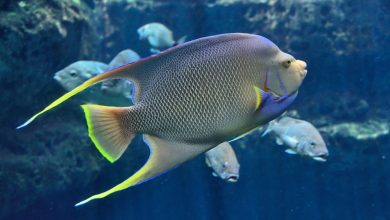
Deep learning frameworks are essential tools for developers and data scientists working on machine learning projects. These frameworks provide a foundation for building and training neural networks, which are the backbone of deep learning models. There are several popular deep learning frameworks available today, each with its own strengths and weaknesses. In this article, we will break down the differences between some of the most popular deep learning frameworks: TensorFlow, PyTorch, and Keras.
TensorFlow is one of the most widely used deep learning frameworks, developed by Google. It provides a flexible and scalable platform for building and training deep neural networks. TensorFlow is known for its high performance and support for distributed computing, making it ideal for large-scale machine learning projects. TensorFlow also offers a wide range of pre-built models and tools for tasks such as image recognition, natural language processing, and reinforcement learning.
PyTorch is another popular deep learning framework, developed by Facebook. PyTorch is known for its dynamic computational graph, which allows for more flexibility and control during model training. PyTorch also has a strong focus on usability and ease of use, making it a popular choice for researchers and developers who prefer a more intuitive and Pythonic interface. PyTorch has gained popularity for its support of dynamic computation, making it easier to debug models and experiment with different architectures.
Keras is a high-level deep learning framework that is built on top of TensorFlow and Theano. Keras is known for its simplicity and ease of use, making it a great choice for beginners and developers who want to quickly prototype and build deep learning models. Keras provides a simple and intuitive API for building neural networks, with a focus on user-friendly syntax and fast prototyping. Keras also offers built-in support for popular deep learning libraries like TensorFlow and CNTK, making it easy to switch between different backend engines.
In summary, TensorFlow, PyTorch, and Keras are three of the most popular deep learning frameworks available today. TensorFlow is known for its performance and scalability, PyTorch for its dynamic computation graph and ease of use, and Keras for its simplicity and user-friendly interface. Each framework has its own strengths and weaknesses, so it’s important to choose the one that best fits your project requirements and development style. Whether you’re working on image recognition, natural language processing, or reinforcement learning, these deep learning frameworks provide a solid foundation for building and training powerful neural networks.





